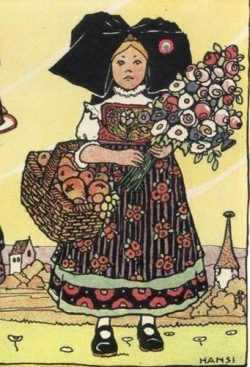Alsace
Few French provinces have known as much distress as Alsace, suffering two annexations to the German Reich, and then twice reintegrated into France. The Protestant community took part in these upheavals with their different joys and sorrows, the European ideal enabling the population to hope again.
Alsace between 1871 and 1914
The annexation of Alsace and the Moselle part of Lorraine to the 2nd Reich was a terrible blow to the population. The 26th Land was directly governed by Prussia which imposed its own laws on their structures and institutions.
The Alsatians were divided ; to stay, meant becoming a German citizen ; while to leave meant relinquishing their past. Over 500,000 Alsatians, mostly executives, professionals and intellectuals left for France or Switzerland.
The aphorism « French Catholics, German Protestants » was not entirely false as many Protestants rallied to the regime, except for the elite of the economic sector and « liberals » who continued to speak French.
Religious activity within the German Evangelical Lutheran Church was marked by the development of social work. The already renowned faculty of protestant theology in Strasburg became even more famous thanks to the strong personality of Albert Schweitzer.
Alsace during the 1914-1918 war
These were particularly hard times. Two hundred and fifty thousand Alsatians were drafted into the German army and sent to the Russian front. This was a real dictatorship ; all civil liberties were suppressed. Almost 18,000 Alsatians, however, fought on the French side.
The reintegration of Alsace-Lorraine after 1918
The French troops were warmly welcomed. But misunderstandings soon became evident as the « homeland » French were not aware of the profound changes introduced by the German regime, especially the first measures of decentralisation. Parisian Jacobinism successively appointed administrators who knew next to nothing about Alsatian particularities. The idea of introducing into Alsace, which had remained under the Napoleon concordat, the French legislation on the separation of state and church since 1905, raised considerable opposition and encouraged autonomy.
Alsace during the 1939-1945 war
The declaration of war caused the departure of a third of the Alsatian population to the South of France. Alsace was de facto annexed to the 3rd Reich, and the civil administration directly ruled by Hitler proved particularly violent. The Nazi party, made official in 1941, spread its anti-Christian policy. It suppressed the concordat regime of 1801, and the churches became religious organisations under private law. After 1942 Alsatians were forcibly drafted into the Wehrmacht (the « Malgré-nous », or « against our will ») and sent to the Russian front. Terror rained down on Alsace. The terrible Schirmeck camp was synonymous with torture, and the Struthof concentration camp resembled the other death camps.
New integration : Alsace-Lorraine after 1945
The Liberation (November 1944 to March 1945), reinstituted the republican rule of law while maintaining certain special features of Alsatian life, namely the concordat regime, school statutes, rights of associations.
The process of cleansing posed difficult problems and often became a matter of settling scores, sometimes between Catholics and Protestants, the former accusing the latter of being collaborators. The Alsatians who had been forcibly drafted in the Wehrmacht, the « Malgré Nous » who came back from the Russian front were humiliated. Fortunately, the action of some effective prefects who knew the region prevented the errors which had been committed after 1918. They stimulated reconstruction and revived economic development.
Until the end of this tragic 20th century a slow decline of religious influence could be felt. However, despite the decreasing number of practising Protestants, the community remained very active in the economic and university fields. In addition, after 1968, young pastors enlivened the theology faculty in Strasburg.
The main trends of the time were ecumenism in which Alsatian churches actively engaged, and the construction of Europe to which Alsace resolutely turned.
Alsace
Alsace
Bibliography
- Books
- ENCREVÉ André, Les protestants en France de 1800 à nos jours. Histoire d’une réintégration, Stock, Paris, 1985
- MAYEUR Jean-Marie et HILAIRE Yves-Marie, Dictionnaire du monde religieux dans la France contemporaine, Beauchesne, Paris, 1985-, Tome 9
- VOGLER Bernard, Histoire des Chrétiens d’Alsace des origines à nos jours, Desclée de Brouwer, Paris, 1994
- VOGLER Bernard, Histoire politique de l’Alsace, La Nuée bleue, Strasbourg, 1995
- WOLFF Philippe (dir.), Les protestants en France, 1800-2000, Privat, Toulouse, 2001
Associated notes
-
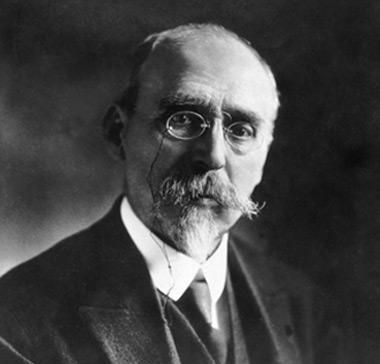
The Law of 1905
The law of 9th December 1905, concerning the separation of the churches and the state, instituted and defined the secularity of France. It guaranteed freedom of worship in the spirit... -
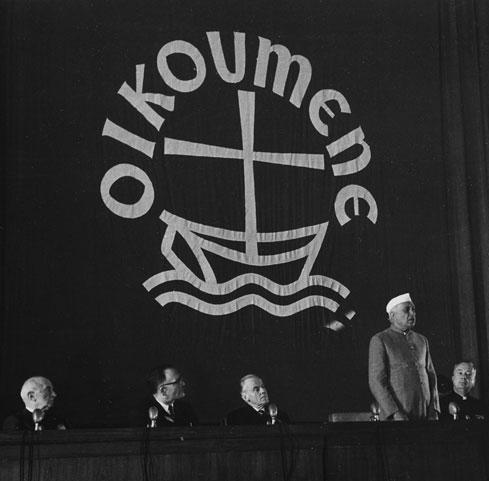
The Protestants during the second half of the 20th century
French Protestantism during the second half of the 20th century was marked by the development of evangelic trends. The traditional liberal and progressive attitudes tended to lose ground with the... -
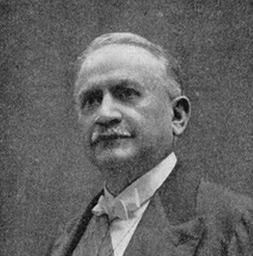
The First World War
The « sacred union » brought together all strands of Protestantism. Should the war not be short ? But the slaughter resulted in cruel deception, which many Christians perceived as failure, but would... -
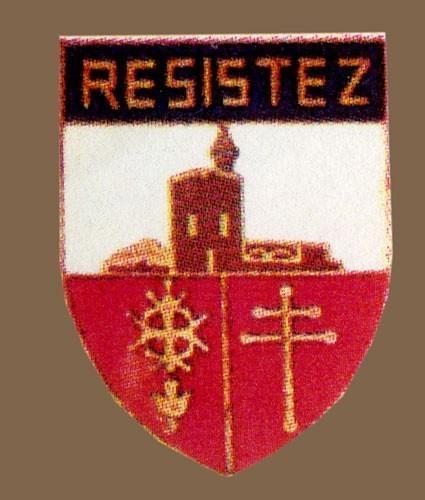
The Protestants during World War II
In June 1940 at the time of defeat, the attitude of the Protestants was similar to that of most of the French : they trusted Field Marshall Pétain. But the break... -
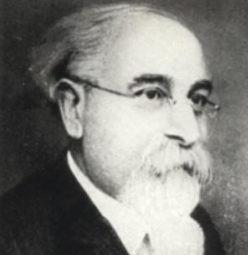
Between the Wars
France was victorious but devastated. Its illusions of power were at odds with the problems of compensation. Protestantism was split between traditional left-wing and new right-wing movements. However, the creation...

